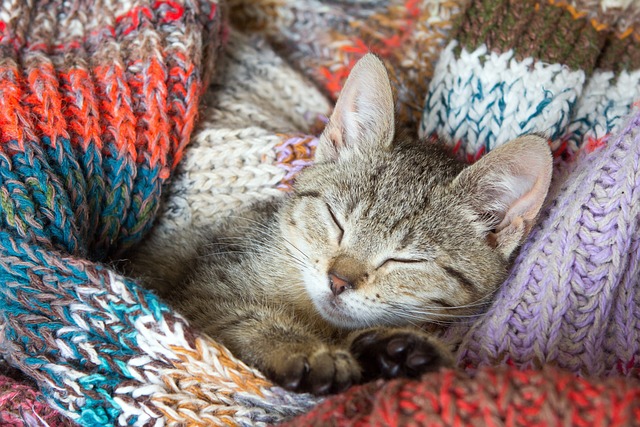Introduction
Cats’ penchant for finding cozy hiding spots is a common behavior among feline companions. However, understanding the reasons behind this behavior can provide valuable insights into your cat’s well-being. In this guide, we’ll explore why cats hide and when it might be cause for concern.
The Evolutionary Perspective
Cats are both predators and prey in the wild. Hiding is a survival tactic they’ve retained over time. In the wild, it helped them conceal themselves from larger predators and stalk prey effectively. Even though domestic cats no longer need to hunt for survival, this instinctual behavior persists.
1. Stress: A Primary Motivator
Cats are highly sensitive to changes in their environment. The introduction of new people, animals, or alterations to their surroundings can trigger stress-induced hiding. This behavior provides them with a sense of security in the face of perceived threats. It’s important not to force a cat out of their hiding spot when stressed, as it can exacerbate their anxiety. Temporary stress-induced hiding usually subsides once the source of stress is removed or when the cat acclimates to the change.
However, prolonged stress-induced hiding that disrupts a cat’s essential activities like eating, drinking, or using the litter box can be problematic. Chronic stress weakens the immune system, potentially leading to illness. If your cat exhibits prolonged hiding, consulting a vet is advisable.
2. Health Issues: Concealing Weakness
In the wild, showing signs of illness or weakness can make an animal vulnerable to predators. Cats instinctively hide when they’re unwell or in pain. Various health issues, such as gastrointestinal problems, kidney disease, dental issues, or infections, can lead a cat to seek seclusion. Recognizing signs like vomiting, diarrhea, eye or nose discharge, coughing, sneezing, or loss of appetite alongside hiding is crucial. If your cat’s behavior changes without an apparent cause, consulting a vet promptly is essential.
3. Impending Birth: Nesting Instinct
Pregnant cats, or queens, exhibit increased hiding behavior approximately a week before giving birth. They seek quiet, safe spaces for delivery. Enlarged nipples and a pendulous abdomen are signs of an impending birth. If you suspect your unspayed cat is pregnant and her hiding behavior intensifies, consult a veterinarian. Confirming pregnancy through ultrasound or X-rays may be recommended. Your vet can offer guidance on preparing for the upcoming birth.
Creating a Safe Haven
All cats benefit from having a secure hiding spot where they can retreat when they feel threatened or need downtime. Provide various hiding options, including enclosed spaces, elevated spots, and familiar-smelling areas. Ensure these spaces are safe and free from potential hazards.
Conclusion
Understanding why cats hide can offer valuable insights into their well-being. While hiding is a natural behavior, changes in hiding patterns may signal underlying issues. Whether due to stress, health concerns, or impending birth, recognizing the reasons behind hiding allows for appropriate care and attention to your feline companion’s needs.



